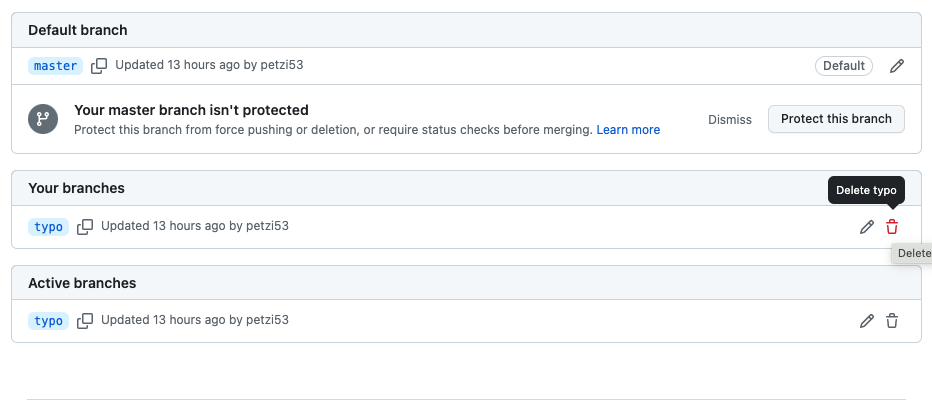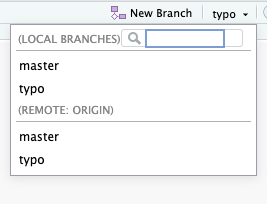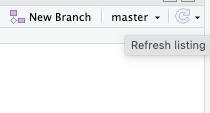How to delete Git branches
The limits of RStudio and of the pr_*() family of {usethis} functions
The article explains how I finally succeeded in deleting different branches in Git. It turned out – contrary to my previous mental model – that there are not only two branches but three (local, remote origin, and local remote-tracking branch).
If a pull request is not accepted…
As I am not very experienced with R and coding, my knowledge of using Git and GitHub is limited. Usually, I use the pr_*() family of usethis functions as pull request helpers. They work very well – as long as the workflow follows the standard (successful) workflow:
Initiate the pull request with pr_init(<branch name>) Submit the changes in the new branch with pr_push(). Click the “Create pull request”-button to make the PR. After the code is accepted and merged, conclude the process with pr_finish(). This sequence does not fly if the workflow deviates from the above model. The mentioned article describes the scenario of a discussion between contributor and reviewer that finally results in the acceptance of the PR. But what about a rejection of the PR?
… deletion of the remote branch with GitHub is not enough
This situation happened to me after I proposed fixing a typo for a repo that had been frozen because of a necessary general overhaul. I thought to delete the submitted remote branch at the GitHub site would bring me back to my initial position.

But back in RStudio, it turned out that the deleted branch was still there.

Ok, I understood that my remote action did not delete the local branch too. But why was the remote branch still there? After all, I had it just removed. (I double-checked the deletion, and the remote branch at the remote GitHub site was, in fact, completely gone.
There are three, not two branches
After some research, I found an answer at StackOverflow with over 25.000 views! It seems that I am not the only one surprised by the situation.
After reading this and other answers at SO, I learned that there are three different branches:
When you’re dealing with deleting branches both locally and remotely, keep in mind that there are three different branches involved: The local branch X. The remote origin branch X. The local remote-tracking branch origin/X that tracks the remote branch X. I deleted the remote origin branch X manually at the GitHub site. The local branch but also the local remote-tracking branch were still functional!
For every one of these three branches, one needs different commands to delete them. And here – as far as I understood – we have met the limits of RStudio and/or {usethis.} For the following commands, you have to change from the console to the terminal.
Useful commands for deleting branches
Deleting a remote branch
git push origin -d <branch>Deleting a local branch
git checkout master # change branch, you can't delete a branch you are working on
git branch -d <branch>
git branch -D <branch> # Force-delete un-merged branchesDeleting a local remote-tracking branch
# 'dr' stands for "delete remotes"
git branch -dr <remote>/<branch>
git branch -dr origin/dev # example
# Delete multiple obsolete remote-tracking branches
git fetch <remote> -p # 'p' stands for "prune"
git fetch origin -p # exampleDon’t forget to refresh the RStudio listing to verify that you have deleted the branches.


